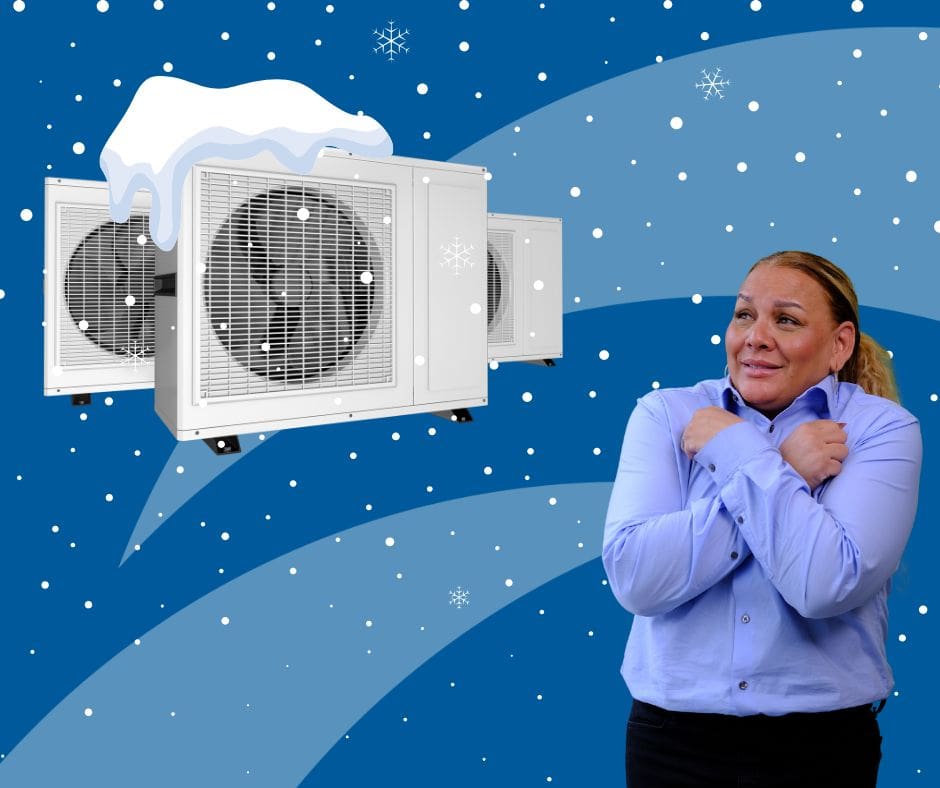What is a Heat Pump? A Canadian Homeowner’s Guide
If you live in Canada and have never heard of a heat pump, you’re not alone. While heat pump technology has been around since the 1800s, it has only recently started gaining popularity here. In Europe and the southern United States, however, heat pumps are a common choice for both heating and cooling homes.
How Do Heat Pumps Work?
Heat pumps use a simple principle of thermodynamics: heat always flows from warmer areas to cooler ones. By manipulating this process, a heat pump can move heat in two directions—both out of and into your home.
-
In summer: A heat pump works like an air conditioner, removing heat from indoors and releasing it outside.
-
In cooler months: The process reverses, pulling heat from the outside air and transferring it indoors to warm your home.
This makes heat pumps highly versatile, especially during Canada’s unpredictable spring and fall seasons.
Do Heat Pumps Work in Canadian Winters?
Heat pumps are effective in moderately cold temperatures—like autumn and spring. When temperatures drop well below freezing, frost can form on the condenser coils, reducing efficiency. In colder regions, many homeowners choose a dual fuel system: a heat pump paired with a backup furnace that automatically kicks in when needed.
Learn more about how heat pumps work in The Cool Science Behind Heat Pumps.
5 Key Benefits of a Heat Pump in Canada
-
Year-Round Comfort – Heat pumps provide heating and cooling in one system.
-
Lower Energy Use – They move heat instead of generating it, making them more efficient than electric resistance heating.
-
Protection from Energy Price Swings – Since they run on electricity, you can rely less on natural gas.
-
Eco-Friendly – With clean electricity sources, heat pumps produce fewer carbon emissions than natural gas furnaces.
-
Easy to Add to Your Home – Options include ductless mini-splits or central systems that integrate with existing ductwork.
Frequently Asked Questions About Heat Pumps
Are heat pumps worth it in Canada?
Yes—especially in regions with milder winters or when paired with a backup furnace.
Can a heat pump replace my furnace?
It depends on your local climate. In many Canadian homes, a hybrid system (heat pump + furnace) offers the best efficiency and comfort.
How long does a heat pump last?
With proper maintenance, most systems last 10–15 years.
Considering a Heat Pump? Call on Reliance™
Whether you’re exploring eco-friendly heating options or want to lower your energy bills, our trained technicians can help design and install a system that’s right for your home.
See a heat pump in your heating and cooling future? Or maybe you just want to know more about your HVAC options. Either way, you can Call on Reliance™ for industry leading expertise, design and installation home heating and cooling systems.
Visit our Heat Pump Resources page to learn more about heat pumps!
Read Next: Canada: Keeping it Green and Clean







